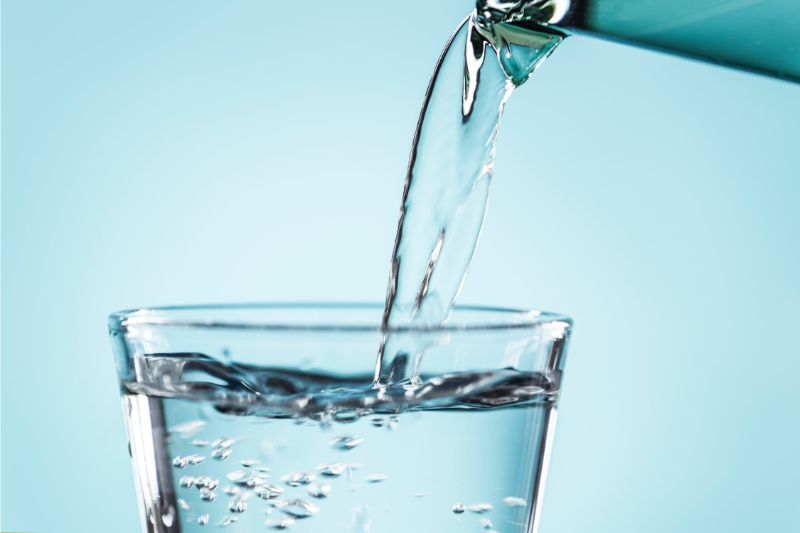
Pure water is attractive and delicious, and contemporary filtration methods are more powerful and versatile than ever before, achieving both purity and taste without demanding much technical knowledge of their users. The days when you needed a system for every filtration method are over. Commercial water filters often combine two or more techniques in a single tank, so your purification is much more than a process. It’s a strategy.
Multi-media water filters are significantly more efficient than single-media tanks. By relying on density and stratification, a single tank can achieve soft, safe drinking water, and many of today’s manufacturers will engineer a set of cartridge elements to suit your needs precisely. That said, filtration mediums themselves haven’t changed much over the years. Distillation, reverse osmosis, carbon, and UV light systems remain the core approaches in use today. They’ve improved, certainly, but their methods are the same.
1. Reverse Osmosis
Reverse osmosis uses a pump to create pressure that forces water through a semi-porous membrane, leaving most dissolved salts and minerals behind. A five-stage system combines reverse osmosis with carbon filters, removing microbial content, chlorine, and salts that cause water hardness. To find the right reverse osmosis performance for your plant, you’ll need a filter that achieves a high salt rejection and recovery rate. The latter tells you how much water you recover from the filtration process. A low recovery rate can weigh heavily on your utility bills, so look for 75% to 85%. Today’s reverse osmosis filters achieve their job using improved membrane technology. They can even achieve nanofiltration. The smaller the pore size, the more thoroughly it can remove contaminants.
2. Distillation
Distillation uses steam and condensation to purify water. It can remove pollutants, chemicals, and bacteria, so it’s often combined with reverse osmosis, particularly in hard water regions. Microscopic contaminants are removed with healthy minerals like fluoride, so the latter may need to be replaced after filtration. Commercial distillers can provide up to 5, 000 gallons of treated water a day, relying on electricity or gas to generate heat. Steam can be passed through a water or fan-cooled tube or cone, but if pesticides and volatile organic compounds need to be dealt with, this method needs carbon support. Water systems can be containerised and customised to save you precious floor space.
3. Deionisation
Deionisation, or Ion exchange remains one of the best purification methods for clearing barium, radium, nitrates, and arsenic from water. It leaves water clear and doesn’t produce the flat taste that’s characteristic of stale distilled water. Chelating and anion resins support the ion-exchange process by attracting positively charged ions. This makes ion exchange ideal for purifying natural spring water, which is often high in heavy metals and arsenic.
Commercial drinking water is demanding on your filtration systems. For more information, please download our Industrial Water Purification Guide e-book today.










 We are a specialist independent company involved in water purification and water treatment technologies
We are a specialist independent company involved in water purification and water treatment technologies


